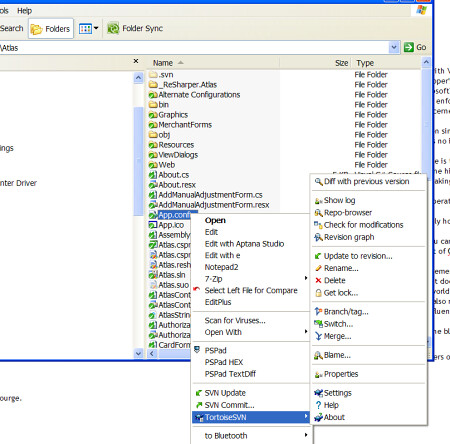Probably
you already knew that CLARIFIED for Clarizen is the reporting and analysis
service for Clarizen users, offers rich dashboards and enables you to analyze
your Clarizen data across all projects, using various criteria. All this within
just a few mouse clicks.
But did you know it can be used as a source for bringing your reports and dashboards
to your mobile phone or tablet?
We have
setup dashboards in RoamBI, a mobile business intelligence solution that
transforms data from major BI Systems into dashboard-style mobile analytics for
iPhone or iPad, for one of our customers using our CLARIFIED for Clarizen
service.
Besides
using RoamBI other third party (mobile) BI or reporting solutions can be used
to create your own dashboards and make it accessible on any device. Similar to
monitoring the financial markets on TV, you now can focus on the Clarizen
metrics that matters most to you.
Interested?
Please contact me via H.O.Israel@BI-Architects.nl
or visit our clarified.biz portal for more information and to start your trial
today!


















